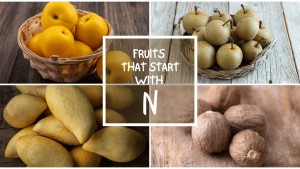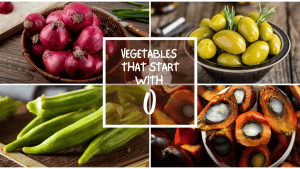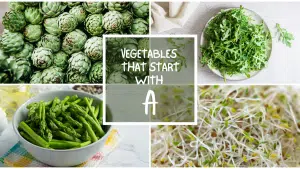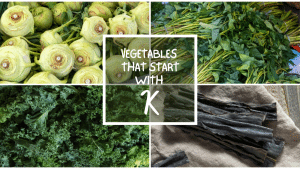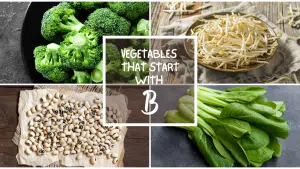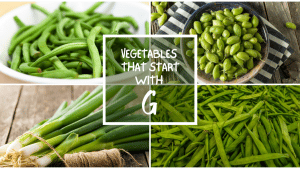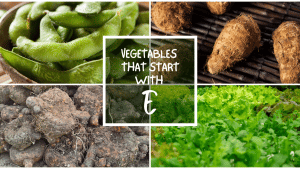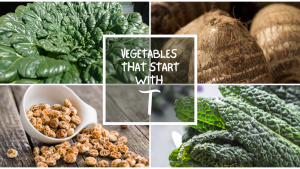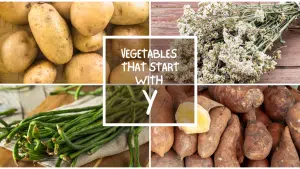All The Vegetables That Start With N
Important Note: When you buy through our links, we may earn a commission. As an Amazon Associate we earn from qualifying purchases. Content, pricing, offers and availability are subject to change at any time - more info.
Incorporating vegetables from a wide range of families, colors, and nutritional profiles is integral to a well-rounded diet. Whether you’re looking for new leafy greens or unusual, rare vegetables, you’ve stumbled on the right page. Not only will trying some of these delicious veggies boost your nutrient intake, but they will surely add diversity to your recipes and platings.
Napa Cabbage
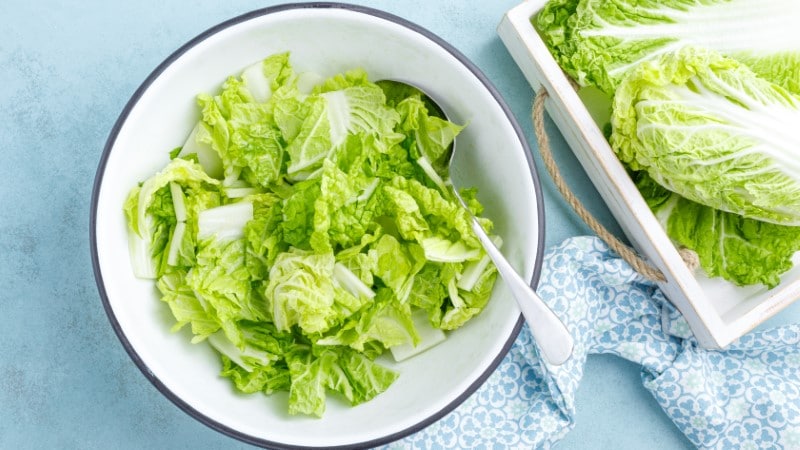
A popular ingredient in Korean cooking is napa cabbage or Brassica rapa subsp. Pekinensis as it’s scientifically known. Hailing from eastern Asia, Napa cabbage is a crop that grows best in temperate climates. Outside of eastern Asia, Napa cabbage is commercially cultivated in Australia, the UK, New Zealand, and the US. Laudably, Napa cabbage is available domestically in grocery stores, Asian markets, and farm stands around the country.
Napa cabbage is similar in appearance to a head of Romaine lettuce; the shape and size look much the same, though the color of Napa cabbage is a lighter shade of green. Napa cabbage is suitable to eat in both raw and cooked forms. This cabbage variety is popular in slaws and salads and is much-loved for its overtly crunchy texture. In Asian cuisine, Napa cabbage is popularly used in Kim-Chi while in American cuisine it’s featured in recipes such as spring rolls and stuffed cabbage. Napa cabbage has a mildly sweet flavor that perfectly accents spicy dishes.
Lastly, Napa cabbage is best known for its high anti-oxidant profile while fraught with vitamins C and K. Together, the nutrients in Napa cabbage protect against high cholesterol, reduce inflammation, prevent heart disease, and lower an individual’s risk for cancer and/or diabetes.
Navy Beans
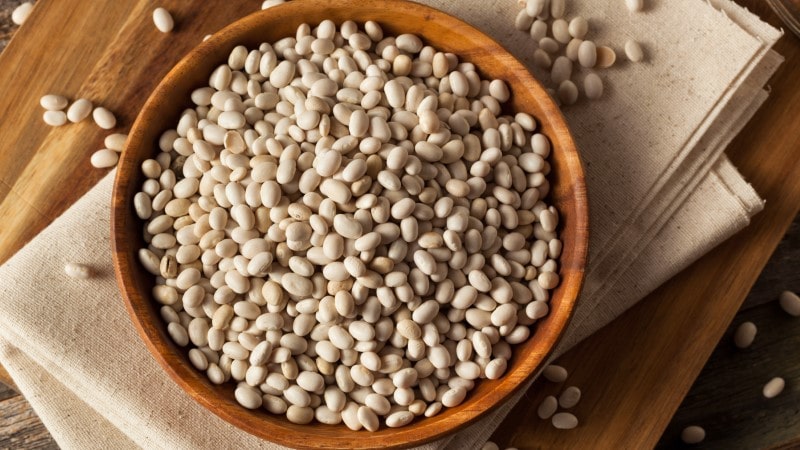
Phaseolus vulgaris, or navy beans as they’re more commonly known, are legumes that originated in Peru. Belonging to the legume family, navy beans are small, dried beans that flourish in moderate climates and can be found growing in countries such as Australia, Spain, and the US. In the US, some of the top-producing states for navy beans include North Dakota, Michigan, Nebraska, and Minnesota. As such, navy beans are easily procured in grocery stores all over the country.
Concerning their appearance, navy means are small, oval-shaped, and a creamy shade of white. Navy beans must be cooked to consume; once cooked, they have a creamy, velvety texture with a starchy finish. Though navy beans have a mildly nutty flavor, they’re adaptable in that they take on the flavor of the ingredients that they’re cooked with. Navy beans can’t be eaten raw as they may be poisonous if not cooked. The most common way to prepare navy beans is by soaking them overnight to soften them before cooking; what’s more, doing so drastically reduces cooking time. Some common recipes featuring navy beans include navy bean soup, navy beans with ham, and stewed navy beans.
Finally, navy beans are a hearty protein to include in your diet. Navy beans are nutrient-dense and packed with folate, fiber, potassium, and magnesium. Together, the vitamins and minerals in navy beans are known to protect against diseases such as diabetes, obesity, heart disease, and even cancer. So, eat your beans with every meal!
Neeps
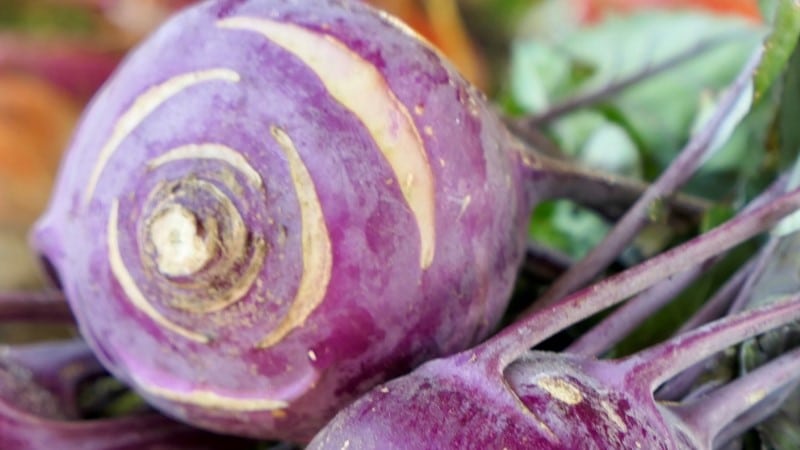
A neep is a Scottish turnip that’s scientifically known as Brassica napus Napobrassica Group; in Scotland, it’s also commonly referred to as a Swede. Easily cultivated in other parts of the world, neeps also grow in the Netherlands, Scandinavia, the UK, Australia, and Canada. Neeps are a cool-weather crop and also grow in northern parts of the US where they’re more commonly referred to as rutabagas. Neeps are readily available in grocery stores throughout the continental US.
Neeps is a globular, root vegetable that can grow to be as large as a human head. Furthermore, neeps have a purple color and they’re closely related to the white turnip. Though neeps can be safely consumed raw, it’s more common to cook them before eating. Neeps are white and starchy like a potato and have a mild earthy flavor. It’s common to cook neeps into stews and soups or serve with haggis. Neeps are also a delicious mashed vegetable. Though neeps don’t have a complex nutritional profile, they are high in fiber and vitamin C.
Nettles
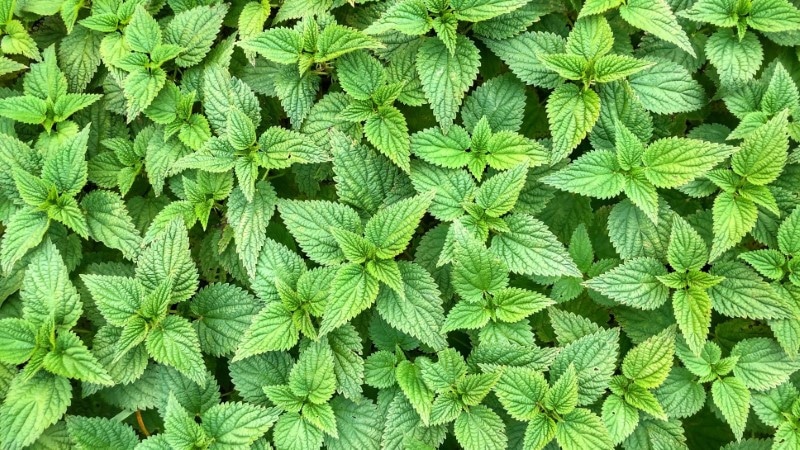
Nettles, or Urtica dioica, as they’re scientifically known, is a shrub plant that grows throughout Europe, Asia, Africa, and North America. Nettles grow in sunny habitats with rich, fertile soil; they thrive near water bodies such as rivers, lakes, and ditches. Though they grow rampant in the US, they are not a vegetable that is commercially cultivated, however, small farm stands occasionally sell them. Because they require a bit of processing before they’re edible, they don’t have a great market.
Nettles can range in color from tan to green and they’re leafy with fine, pointed hairs. These pointy hairs are stingers that are actually poisonous. However, cooking nettles well effectively deactivates the stingers and leaves them a delicious and nutritious vegetable that’s suitable for human consumption. Cooked nettles taste similar to spinach with a peppery undertone that’s similar to arugula. Nettles are best prepared sauteed and are delicious cooked in garlic and olive oil. Some popular nettles recipes include nettles soup, creamed nettles, and nettle risotto. Though preparing nettles is a bit labor-intensive, they’re worth the trouble because they’re highly nutritious. In fact, nettles are packed with protein, dietary fiber, vitamin C, calcium, iron, and potassium.
New Potato
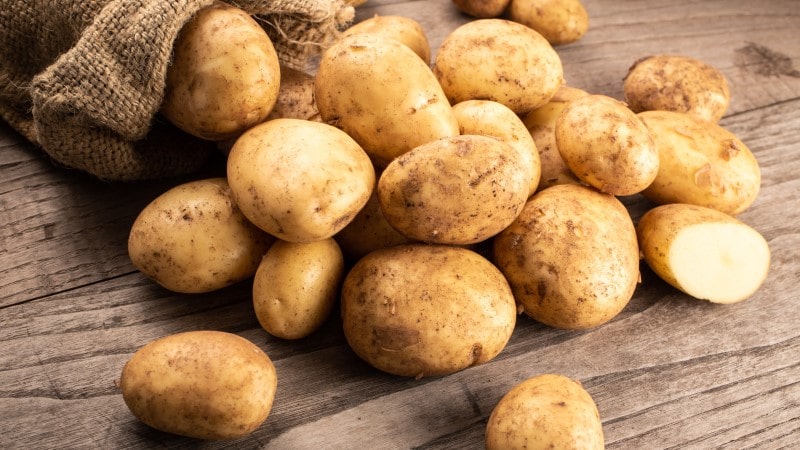
Solanum tuberosum. L., or new potatoes as they’re more commonly known, are essentially potatoes that have been harvested before reaching full maturity. Native to the Peruvian-Bolivian Andes Mountain Range, new potatoes were discovered hundreds of years ago. A common crop in South America and Europe, where they’ve been cultivated since the 16th century, new potatoes are now cultivated worldwide. Within the US, new potatoes are commercially cultivated in more than 30 states including Washington, Wisconsin, and Colorado which are the leaders in domestic cultivation. As such, new potatoes are easily found, year-round, in grocery stores across America.
New potatoes are small and have thin, waxy skin that’s edible. The new potato’s interior is white and starchy like the standard white potato that it would grow to be if given the time. Unlike full-grown potatoes, new potatoes are sweeter in texture and maintain their structure better when cooked. Though new potatoes can be eaten raw and are even featured in some salad recipes, it’s more common to cook them; oven-roasted new potatoes, smashed new potatoes, and creamed new potatoes are all popular recipes that make excellent side dishes. Though high in carbohydrates, which should be eaten in moderation, new potatoes are an excellent source of iron, potassium, and phosphorus.
New Zealand Spinach
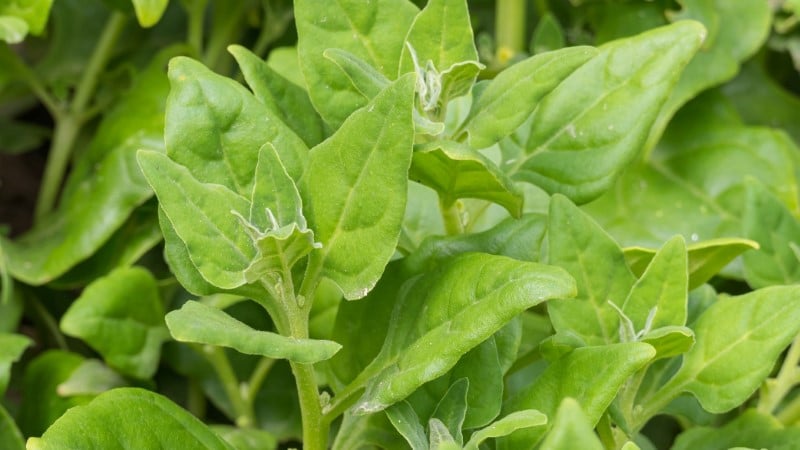
New Zealand spinach, which goes by the scientific moniker Tetragonia tetragonioides, is a tasty, leafy plant that’s native to parts of New Zealand, Australia, Argentina, and Asia. In the US, New Zealand spinach grows on the beachside sand dunes of California as well as coastal morasses. Notably, New Zealand spinach thrives in warm climates where temperatures don’t exceed 75℉. Though New Zealand spinach can be easily grown in home gardens, it’s not a commercially cultivated vegetable in the US.
New Zealand spinach is a low-lying leafy vegetable that is a vibrant hue of green and its leaves closely resemble basil or baby spinach leaves in size and shape. Though in some parts of the world it’s consumed raw in salads, it’s recommended that New Zealand spinach be cooked before eating it. Of note, New Zealand spinach contains high levels of oxalates that can be dangerous if eaten in high quantities. As such, cooking the leaves reduces oxalates in New Zealand spinach.
Moreover, New Zealand spinach tastes a lot like standard spinach, but the benefit of eating it is that it’s wholly more nutritious. New Zealand spinach is delicious in pasta recipes and perfectly prepared as a side dish. Laudably, New Zealand spinach is fraught with folate, vitamins C and K, and iron.
Nori

Founded in Japan more than 2,000 years ago, Nori is an ocean alga that’s treated as a vegetable in Japanese cuisine. This dried, edible seaweed goes by the scientific name P. yezonesis. Though once a prized and rare vegetable, nori is now commercially cultivated off the shores of China and Korea too. Nori, which is dried and roasted prior to selling, is readily available all over the US in grocery stores and specialty markets.
Nori is most commonly sold in dried sheets or flakes; they’re crispy and dark green. Nori is a predominant ingredient in sushi, atop salads like croutons, or rolled into a cone and stuffed. Notably, nori has a sweet and subtly salty flavor that’s reminiscent of the ocean waters from whence it hails. Nori has become a popular ingredient stateside and is used in recipes such as wraps, chips, bowls, and sandwiches. Lastly, nori is packed full of nutrients such as calcium, folic acid, niacin, and vitamins A, C, E, and K among others. Best of all, regular consumption of nori is linked to improved digestive health.
Nopal

Nopal is an edible cactus that features tasty pads. Nopales, or Opuntia as they’re botanically known, are native to Mexico and Central America and they’re a staple in Latin cuisine. Suitable for growth in warm climates, nopales are known to grow in the Mediterranean, South Africa, and Australia. Best of all, nopales also grow in parts of the Southwestern US. As such, nopales can be easily purchased in grocery stores throughout the US.
Nopales look like oval cactus leaves that are roughly the size of an average adult hand. Edible both raw or cooked, nopales are typically diced after removing the prickly cactus spines from the leaves. The texture of this unique vegetable is crunchy and a bit slimy, similar to okra; its flavor is tart and citrusy. Popular uses for nopal include in jams, juices, smoothies, and teas. Linked to improved neurological, anti-inflammatory, hypoglycemic, and antioxidant health, nopales are rife with polyphenols, vitamins, amino acids, and other worthy nutrients.
The Final Letter
From leafy greens to cactus varieties and root vegetables to sea algae, the sky’s the limit with the wide range of vegetables on the N list. These highly nutritious and truly delectable vegetables will surely inspire your weeknight dinners, reimagine your lunchbox lunches, and diversify your morning smoothies.

